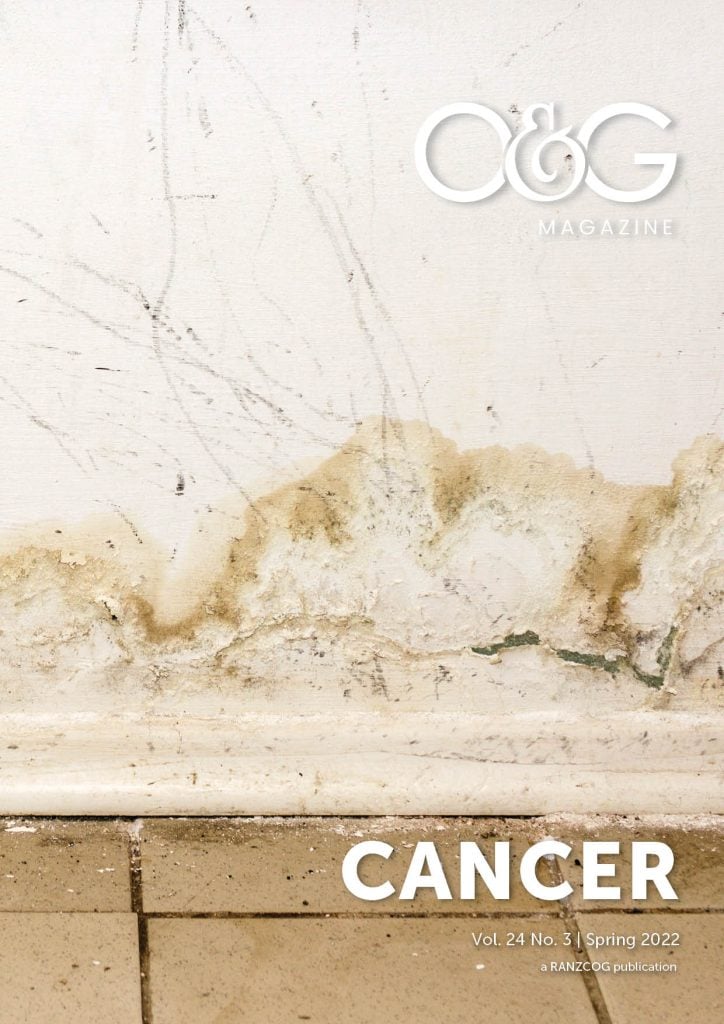GPs, particularly rural GPs who undertake quality palliative care, consider it to be part and parcel of the job. As doctors we have the privileged position of being involved in the many life stages from birth till death.
I consider it to be an honour to be allowed to be involved in the final stages of their life’s journey.
In some ways it’s akin to the privileged position we as doctors involved in obstetrics are given. As a former procedural rural GP who has been involved in approximately 300 confinements, I have firsthand experience in the challenges and satisfaction of providing intrapartum care and also in palliative care.
Being involved in a deeply personal part of a patient’s life either by helping them give birth or helping them in the final stages of their life in some ways have a lot of similarities. In both situations we as caring professionals are invited into a deeply significant part of the patient’s journey.
With the subspecialisation of medicine over the last few decades, palliative care is now a specialty. In urban practice most GPs are becoming less involved in palliative care.1 Only about 30% of GPs in Australia visit aged care facilities (ACF). In urban practice ACF is where GPs are mostly involved in palliative care. Many patients in the palliative phase of the illness would like to stay at home. The GP involved in the ‘at home’ palliative phase of their care requires teamwork. This involves community nursing, palliative care, and nurse specialist, palliative care physicians.2
Palliative care has generally been focused on the care of people who have about six months of life left to live and normally is associated with metastatic cancer. However, it can involve chronic neurological conditions such as motor neuron disease, Parkinson’s disease, multiple CVAs or even cardiac failure.
A case study
Recently I have been involved in the care of a retired lawyer. A number of years ago I diagnosed him with having normal pressure hydrocephalus. He was appropriately treated with a ventricular peritoneal shunt and made a good recovery. This allowed him to return to his semiretirement roles on various boards. I was also the GP for his wife and children and grandchildren. He maintained normal health until unfortunately he developed a myelodysplastic disorder which required regular blood transfusions. He was under the care of a haematologist. His cognitive function remained sound although his physical condition slowly deteriorated. He developed repeated infections and required more frequent blood transfusions. He wished to be cared for as much as possible at home. I was involved in his ongoing care at home, along with the community nursing palliative care team and his haematologist.
Caring for his wife and family was another priority as his illness became more pronounced. The support of his family was critical. His ongoing care in the community was part of my concern.
Over several months his condition became such that he required admission to an ACF. Cognitively he was still normal; however, he required more intensive nursing care. A decision was made after a family conference including the patient to stop the blood transfusions. The haematologist at this point thought it wise that he should be transferred to a palliative care unit. The family were very supportive of the plan to remain within the ACF where he had become relatively comfortable and familiar with the nursing and support staff. As the GP involved in his palliative care I was mainly focusing on his physical and mental wellbeing and the care of his family. Fortunately, he had very minimal pain. He had a very low platelet count which increased his chances of catastrophic terminal haemorrhage. This was managed with tranexamic acid orally.3 His increasing anaemia resulted in increasing dyspnoea and was managed mainly by giving small quantities of subcutaneous morphine 2mg PRN hourly. This was preferred to having an oxygen mask on his face for his final days
With his conditioning worsening the family were encouraged to say their farewells. I too had the rare opportunity to say farewell the day before he died. This was an emotional time but provided a degree of comfort for the family.
I still see his extended family in the practice.
Conclusion
Undertaking palliative care in general practice enhances the breadth of knowledge and skills required of a GP. It allows the GP to be invited into a privileged and very significant part of the patient and their families’ lives. It gives greater satisfaction to our roles as medical professionals.
Our feature articles represent the views of our authors and do not necessarily represent the views of the Royal Australian and New Zealand College of Obstetricians and Gynaecologists (RANZCOG), who publish O&G Magazine. While we make every effort to ensure that the information we share is accurate, we welcome any comments, suggestions or correction of errors in our comments section below, or by emailing the editor at [email protected].
References
- Yuen KJ, Behrndt MM, Jacklyn C, Mitchell GK. Palliative care at home: general practitioners working with palliative care teams. MJA. 2003;179(6):S38.
- Le B, Eastman P, Vij S, et al. Palliative care in general practice: GP integration in caring for patients with advanced cancer. AFP. 2017;46(1–2).
- Howard P, Curtin J. Bleeding management in palliative medicine: subcutaneous tranexamic acid – retrospective chart review. Available from: spcare.bmj.com/content/early/2022/02/03/bmjspcare-2021-003427






Leave a Reply